-
 Bitcoin
Bitcoin $119000
-2.21% -
 Ethereum
Ethereum $4315
1.01% -
 XRP
XRP $3.151
-3.11% -
 Tether USDt
Tether USDt $0.0000
0.00% -
 BNB
BNB $808.5
-0.71% -
 Solana
Solana $175.8
-4.21% -
 USDC
USDC $0.9999
0.00% -
 Dogecoin
Dogecoin $0.2250
-3.92% -
 TRON
TRON $0.3469
1.77% -
 Cardano
Cardano $0.7818
-3.81% -
 Chainlink
Chainlink $21.47
-2.10% -
 Hyperliquid
Hyperliquid $43.30
-6.81% -
 Stellar
Stellar $0.4370
-2.84% -
 Sui
Sui $3.682
-4.40% -
 Bitcoin Cash
Bitcoin Cash $590.8
2.67% -
 Hedera
Hedera $0.2484
-5.20% -
 Ethena USDe
Ethena USDe $1.001
0.00% -
 Avalanche
Avalanche $23.10
-4.29% -
 Litecoin
Litecoin $119.2
-3.96% -
 Toncoin
Toncoin $3.409
0.90% -
 UNUS SED LEO
UNUS SED LEO $9.016
-1.29% -
 Shiba Inu
Shiba Inu $0.00001304
-3.82% -
 Uniswap
Uniswap $11.18
1.33% -
 Polkadot
Polkadot $3.913
-3.51% -
 Cronos
Cronos $0.1672
-3.08% -
 Dai
Dai $1.000
0.02% -
 Ethena
Ethena $0.7899
-4.70% -
 Bitget Token
Bitget Token $4.400
-1.23% -
 Pepe
Pepe $0.00001132
-5.93% -
 Monero
Monero $257.9
-6.44%
What is Stop-Loss Order?
To minimize potential losses in trades, traders can set automated stop-loss orders to sell assets when they fall below predefined levels, such as a trailing stop-loss that dynamically adjusts with the price to protect profits.
Feb 18, 2025 at 07:37 am
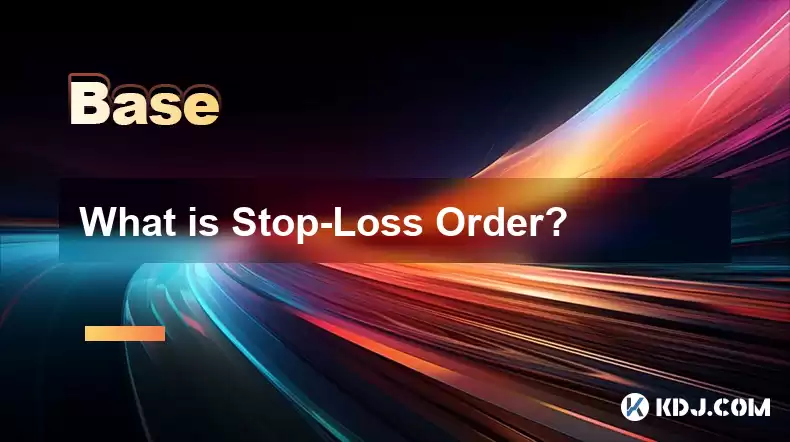
Key Points:
- Definition of a Stop-Loss Order
- Types of Stop-Loss Orders
- How to Place a Stop-Loss Order
- Setting Optimal Stop-Loss Levels
- Considerations and Risks of Using Stop-Loss Orders
What is a Stop-Loss Order?
A stop-loss order is a conditional order that triggers the execution of a trade when a predefined price (the stop loss price) is reached. It is used to limit potential losses in trades by automatically selling an asset when it falls below a certain predetermined level.
Types of Stop-Loss Orders:
- Simple Stop-Loss Order: Executes a sell order when the stop loss price is reached, regardless of market conditions.
- Trailing Stop-Loss Order: Moves the stop loss level as the asset price rises, trailing the price at a predefined distance. This protects profits while allowing for further price appreciation.
How to Place a Stop-Loss Order:
- Decide on the Stop Loss Price: Determine the level at which you wish to protect your position from further losses.
- Choose the Order Type: Select the type of stop-loss order you prefer (simple or trailing).
- Set the Trigger Price: Specify the price level that will trigger the execution of the order.
- Determine the Order Size: Indicate the quantity of the asset to be sold when the stop loss is triggered.
- Submit the Order: Place the stop-loss order through your trading platform.
Setting Optimal Stop-Loss Levels:
- Consider Market Volatility: Wider stop loss levels are necessary in volatile markets to avoid premature order triggering.
- Assess Asset Risk: High-risk assets may require tighter stop loss levels to minimize potential losses.
- Balance Profit Protection with Flexibility: Setting stop loss levels too close to the current market price can limit potential profits, while setting them too far away may not offer adequate protection.
Considerations and Risks of Using Stop-Loss Orders:
- Market Gapping: In highly volatile markets, the asset price may gap below the stop loss level, leading to an immediate execution without reaching the set trigger price.
- False Triggers: Market fluctuations can temporarily drive the asset price below the stop loss level, triggering false trades and unnecessary losses.
- Competition from Other Orders: During market rallies, an influx of buy orders may push the price above the stop loss level, resulting in a "runaway trade" that breaches the set parameters.
FAQs:
Q: What is the difference between a stop-loss order and a limit order?
A: A stop-loss order is designed to protect against losses, while a limit order is used to execute trades at a specific price or better.
Q: Can I place a stop-loss order for a future date?
A: Yes, you can place a stop-loss order with a "good till cancelled" (GTC) or "good for day" (GFD) time frame, ensuring its validity until execution or cancellation.
Q: What happens if the market price moves too quickly for the stop-loss order to be executed?
A: Depending on the market conditions, the stop-loss order may be executed at a slightly different price due to slippage.
Disclaimer:info@kdj.com
The information provided is not trading advice. kdj.com does not assume any responsibility for any investments made based on the information provided in this article. Cryptocurrencies are highly volatile and it is highly recommended that you invest with caution after thorough research!
If you believe that the content used on this website infringes your copyright, please contact us immediately (info@kdj.com) and we will delete it promptly.
- Unich's OTC Exchange: Surging with $1.2B Volume – What's the Hype?
- 2025-08-13 02:50:11
- MoonBull's Explosive Moves: Your Crypto Whitelist Ticket to Ride!
- 2025-08-13 02:30:11
- MAGACOIN Finance: Don't Miss the Presale Bonus!
- 2025-08-13 02:30:11
- Trump's Crypto Kingdom: $2.4 Billion and Counting
- 2025-08-13 02:50:11
- Solana, LSTs, and SEC Approval: A New Dawn for Crypto?
- 2025-08-13 02:55:12
- Bitcoin's Profit Surge: Unpacking the BTC Value Boom
- 2025-08-13 02:55:12
Related knowledge
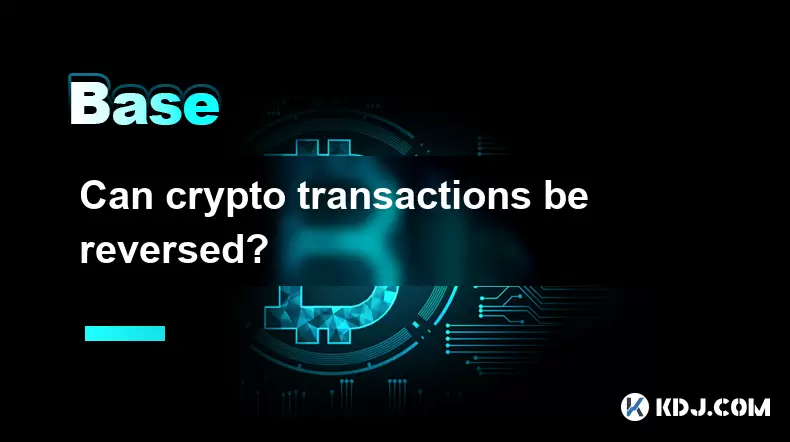
Can crypto transactions be reversed?
Aug 10,2025 at 01:35am
Understanding the Immutability of Blockchain TransactionsCryptocurrency transactions are built on blockchain technology, which is designed to be immut...
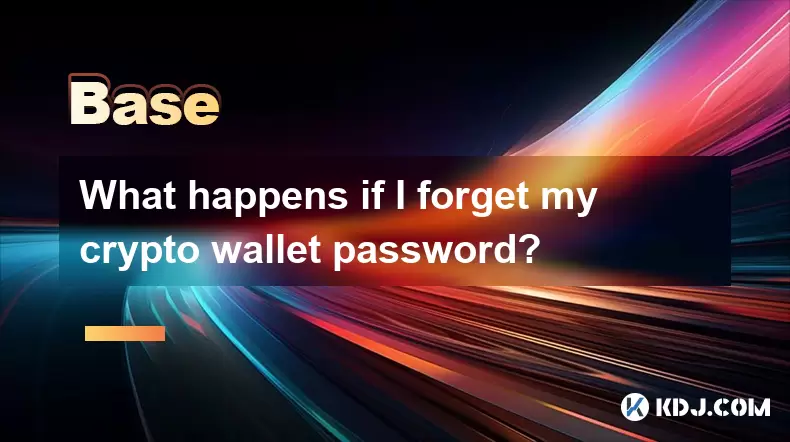
What happens if I forget my crypto wallet password?
Aug 09,2025 at 08:50am
Understanding the Role of a Crypto Wallet PasswordA crypto wallet password serves as a critical security layer that protects access to your digital as...
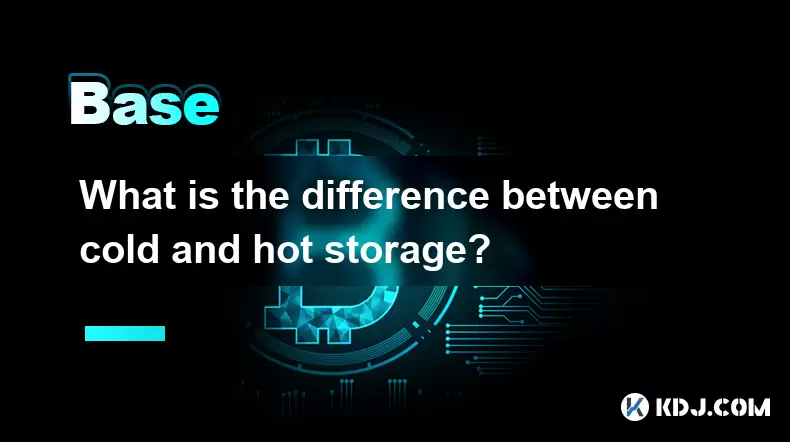
What is the difference between cold and hot storage?
Aug 12,2025 at 01:01am
Understanding Cold Storage in CryptocurrencyCold storage refers to offline methods of storing cryptocurrency private keys, ensuring they are not expos...
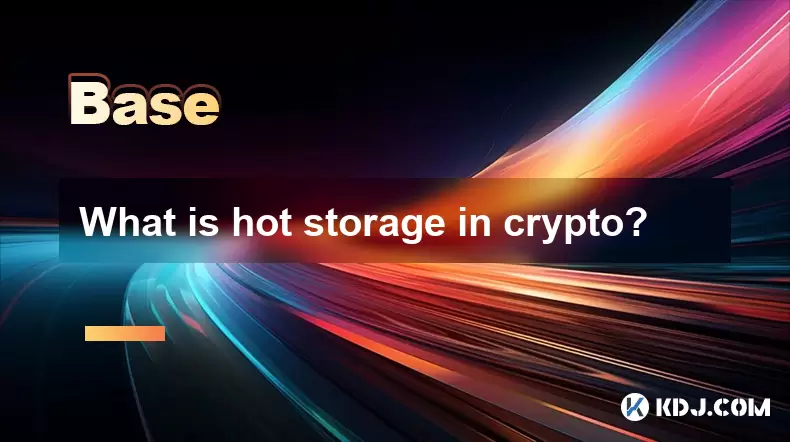
What is hot storage in crypto?
Aug 11,2025 at 07:08am
Understanding Hot Storage in CryptocurrencyHot storage refers to cryptocurrency wallets that are connected to the internet. Unlike cold storage soluti...

What is the best crypto portfolio tracker?
Aug 10,2025 at 05:08am
Understanding the Role of a Crypto Portfolio TrackerA crypto portfolio tracker is a digital tool designed to help investors monitor the performance of...
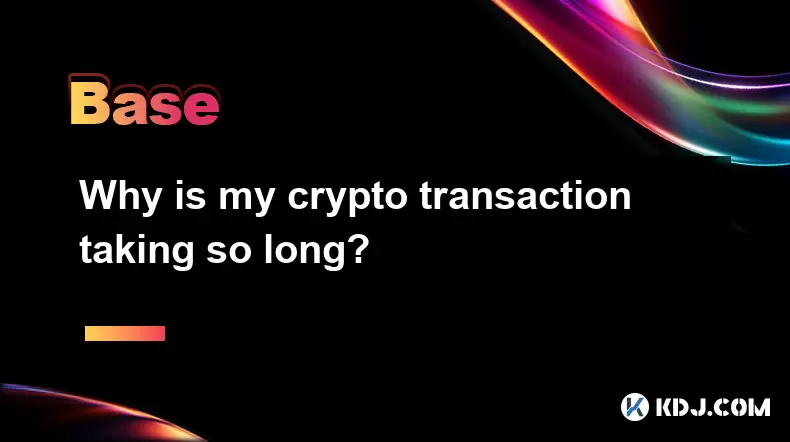
Why is my crypto transaction taking so long?
Aug 11,2025 at 11:35am
Understanding Blockchain Network CongestionWhen a crypto transaction is delayed, one of the most common causes is network congestion on the blockchain...

Can crypto transactions be reversed?
Aug 10,2025 at 01:35am
Understanding the Immutability of Blockchain TransactionsCryptocurrency transactions are built on blockchain technology, which is designed to be immut...

What happens if I forget my crypto wallet password?
Aug 09,2025 at 08:50am
Understanding the Role of a Crypto Wallet PasswordA crypto wallet password serves as a critical security layer that protects access to your digital as...

What is the difference between cold and hot storage?
Aug 12,2025 at 01:01am
Understanding Cold Storage in CryptocurrencyCold storage refers to offline methods of storing cryptocurrency private keys, ensuring they are not expos...

What is hot storage in crypto?
Aug 11,2025 at 07:08am
Understanding Hot Storage in CryptocurrencyHot storage refers to cryptocurrency wallets that are connected to the internet. Unlike cold storage soluti...

What is the best crypto portfolio tracker?
Aug 10,2025 at 05:08am
Understanding the Role of a Crypto Portfolio TrackerA crypto portfolio tracker is a digital tool designed to help investors monitor the performance of...

Why is my crypto transaction taking so long?
Aug 11,2025 at 11:35am
Understanding Blockchain Network CongestionWhen a crypto transaction is delayed, one of the most common causes is network congestion on the blockchain...
See all articles

























































































